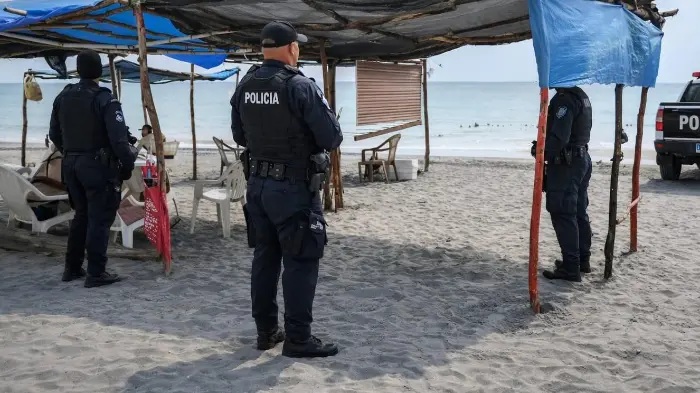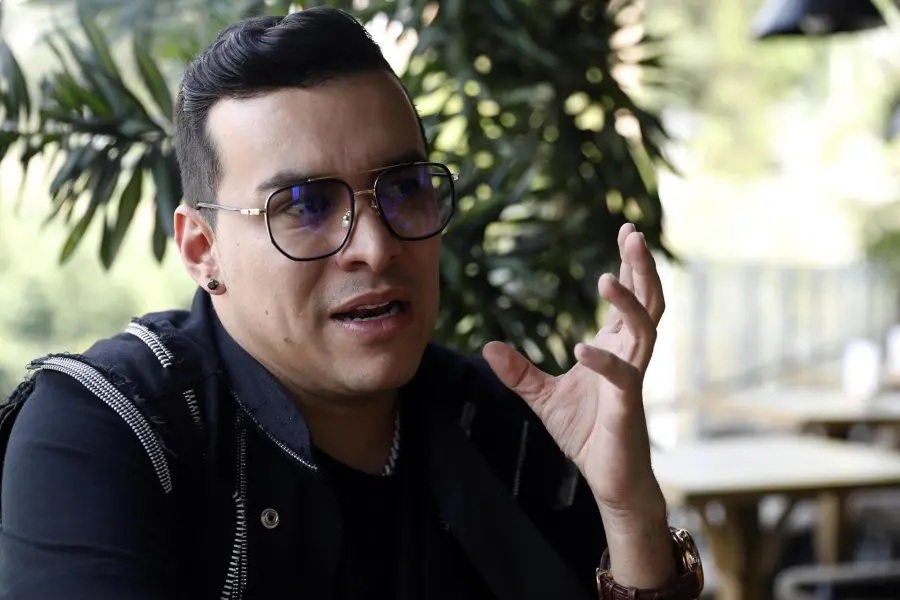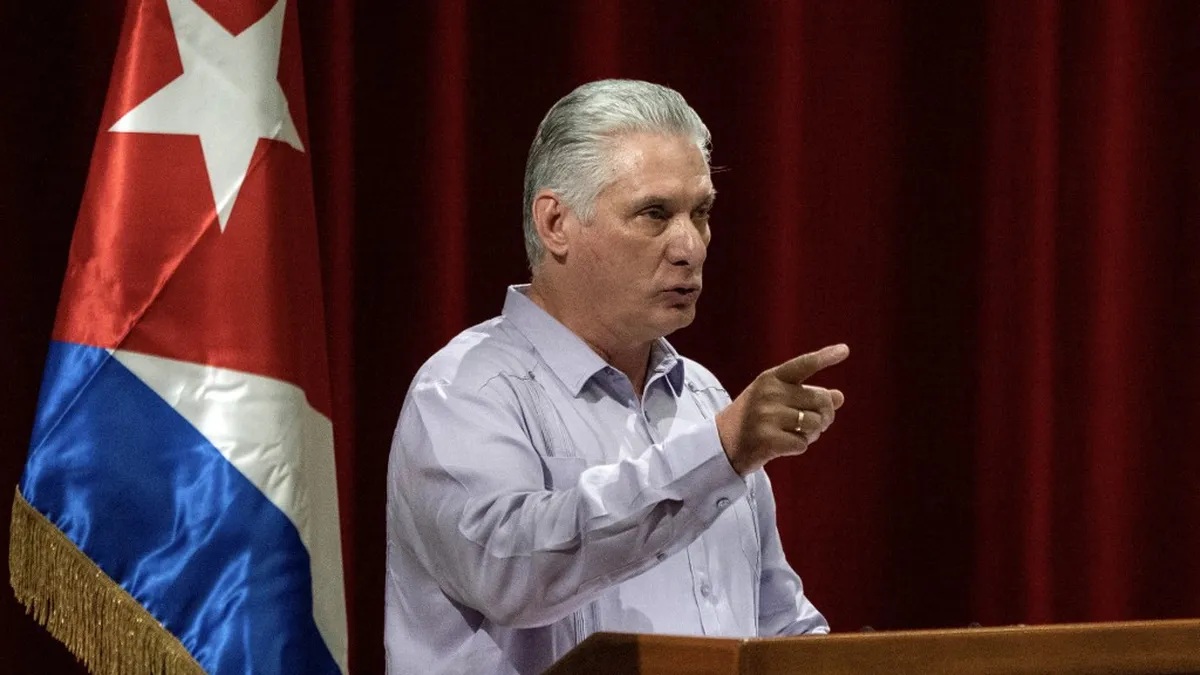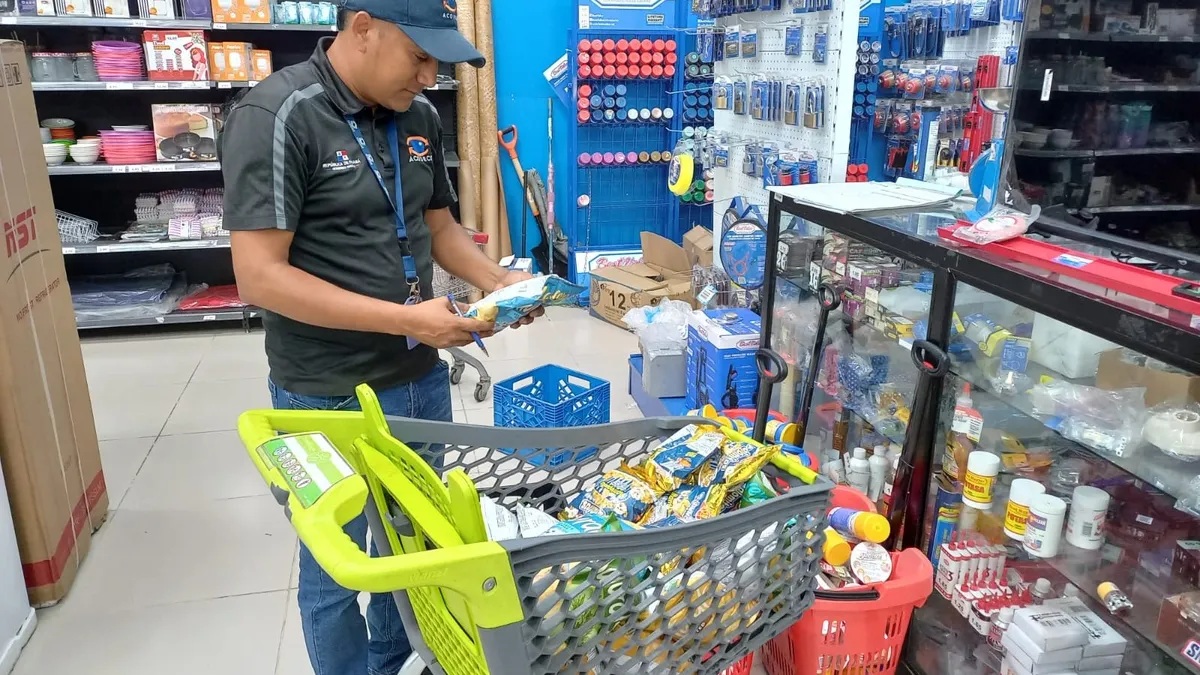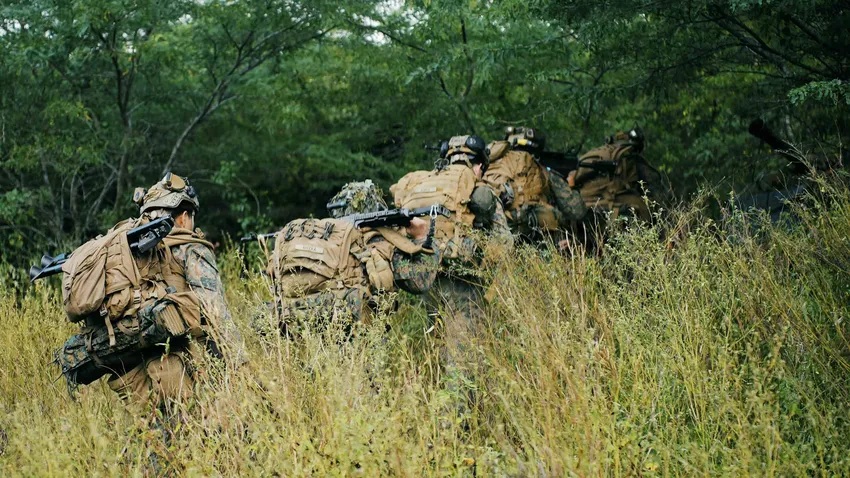The best of times and the worst of times


Dickens would have understood. The past week has seen good times and bad times for Panama’s image abroad.
The good times included the successful running of the Iron Man competition, with competitors and sports writers from around the world filling local hotels, and with winners from New Zealand and Canada, guaranteeing favorable headlines in those two countries.
Then Sports Illustrated came out with its annual swim suit edition, using Panama sites for location shots. This, gushed one local publication, put Panama in front of some 70, million US male readers. I doubt that their eyes got much beyond the bikini’s but who knows. Maybe the streets will soon be full of camera clicking bikini addicts. They need look no further that the local bill boards to see the annual baring of skin on sites paid for by Felix Maduro and Stevens. The local equivalent of the rites of spring.
But, as Hitler discovered during the 1936 Olympics in Berlin, ink scattered across the sports pages cannot balance the bad appearing on news and op ed pages. The bad coverage for Panama largely revolves around the disturbances in Chiriqui and Veraguas where indigenous Ngabe Bugle protestors have been blocking highways to demonstrate their concerns over what they see as government intransigence over mining and hydro electric concessions in their homelands.
The demonstrations led to a heavy police crackdown and the death of a 16-year old and injuries to many others, In spite of photographic and autopsy evidence the authorities have continued to issue denials of the use of arms against the protesters.
But with the growth of modern communications the world has changed, and incidents in a corner of a small country that most people would have difficulty in locating on a globe, quickly appear in headlines and on TV screens in every corner of the planet.
The latest confrontation has led the world’s largest organizer of write in protests, Avaaz, to organize a petition in support of the indigenous protestors for presentation to President Ricardo Martinelli.
The site has been gaining signatures from every corner, including of course, Panama but also Canada, home to the owners of many of the mines, where controls are far stricter than in foreign destinations. Public protest over Canadian involvement in an oil company in the Sudan eventually led to the divesting of shares by major investors. With the Canada-Panama FTA within weeks of being finally ratified in Ottawa, Panama is likely to become a focus in the news and business sections of the outspoken Canadian media. The recent banning of a Canadian journalist working for the CBC has added some acerbic ink to the pens of commentators in one of the world’s most liberal countries. (Liberal in the general sense as the country is currently governed by a Conservative government).
So what is the petition addressed to President Martinelli saying?
“The Panamanian government is supporting dangerous and dirty mining and hydroelectric construction over the rights of the Ngäbe-Buglé Indigenous peoples, breaking its own land rights laws and violently repressing dissent. President Martinelli Berrocal ordered a violent crackdown on indigenous protesters for their opposition to a bill that would would allow mega projects in their sacred land, eliminating its environmental protection. ”
It calls on Avaaz members in Panama and across the world to come together to “create a campaign to protect the untouched resources of the country and to support the protest movement. ”
If you think outsiders don’t matter, and it’s none of their business, ask any Canadian you know about the campaign to eliminate the annual seal slaughter, and about the virtually non existent East Coast fishing industry.
If you want to check for yourself those who are signing up go to:

